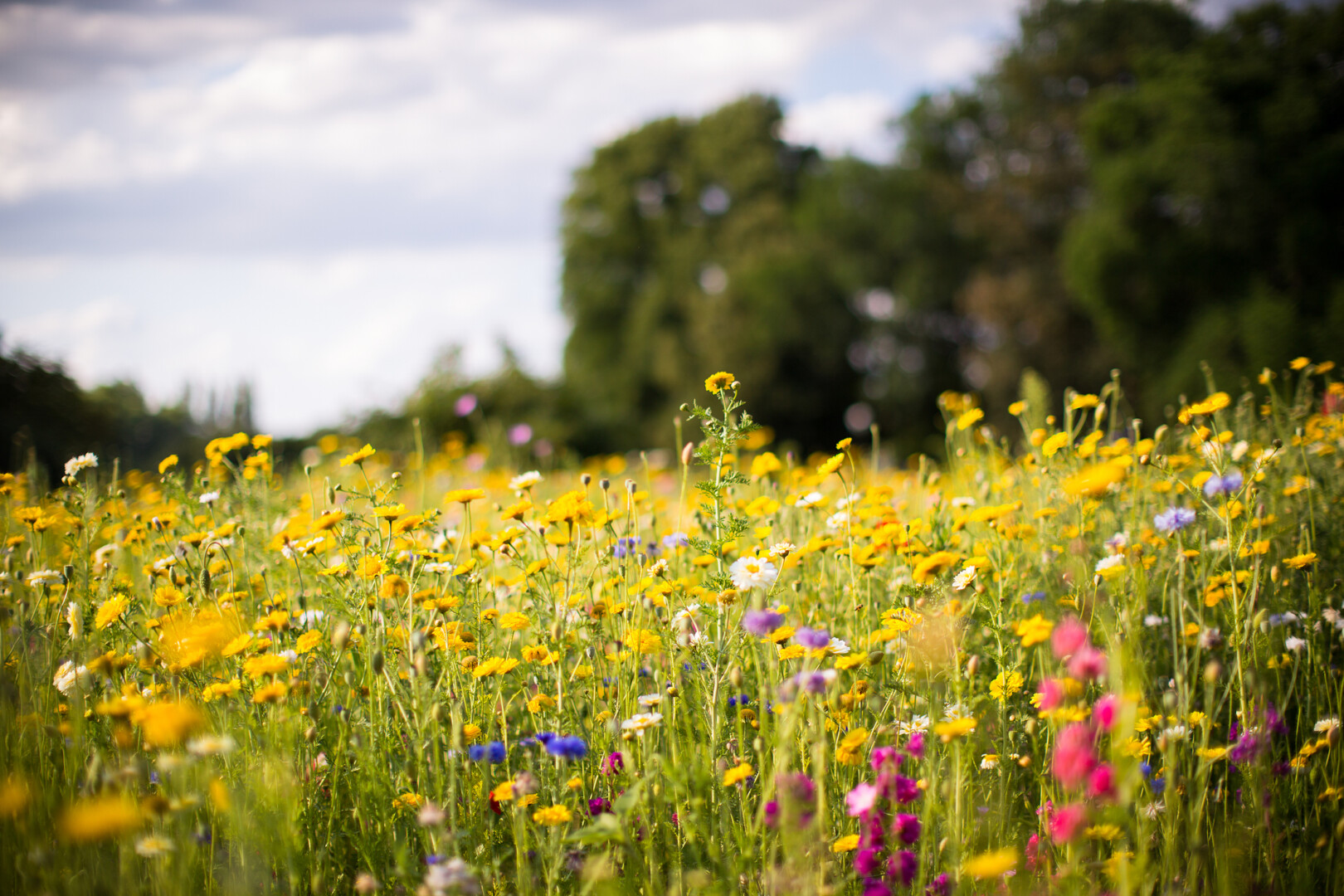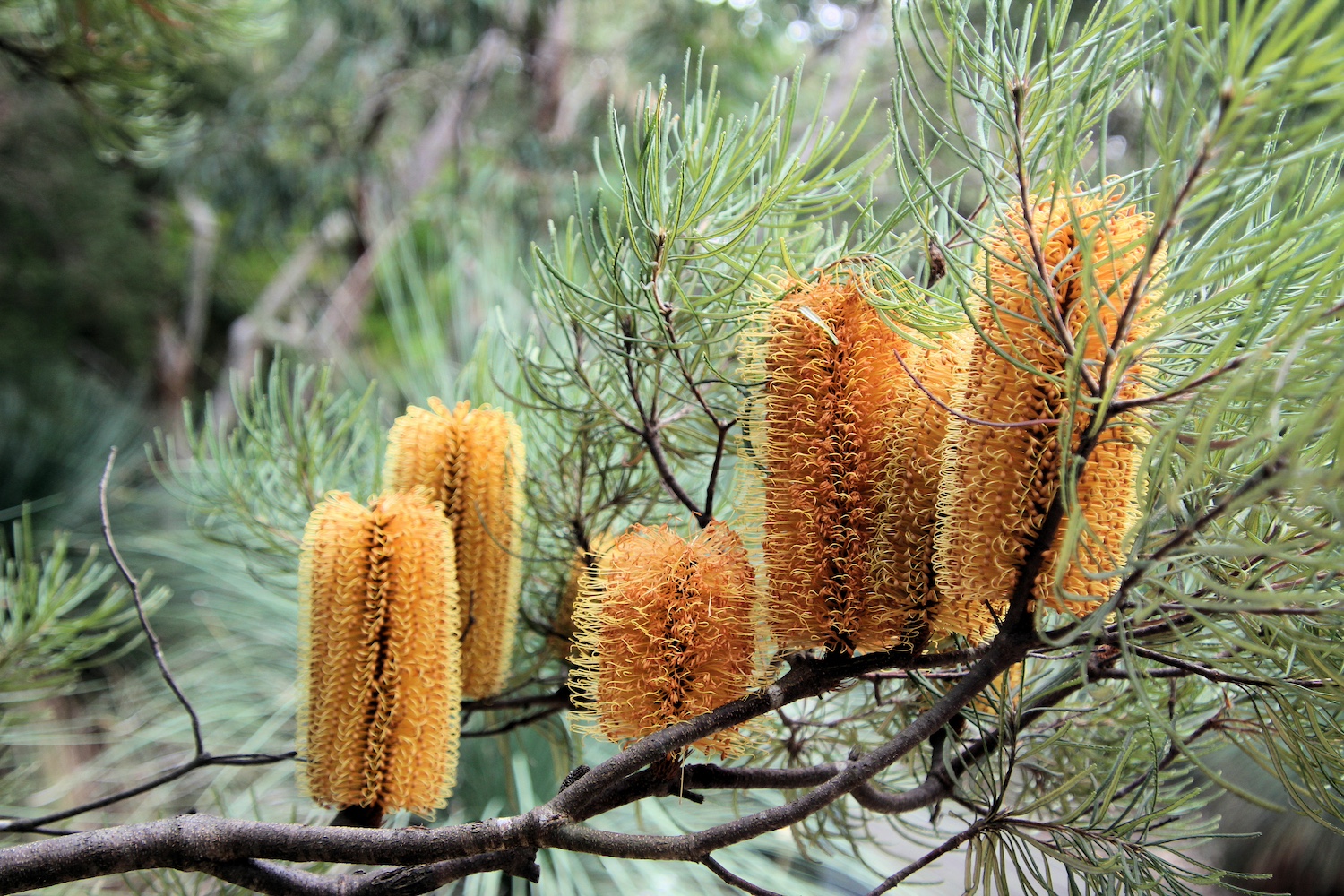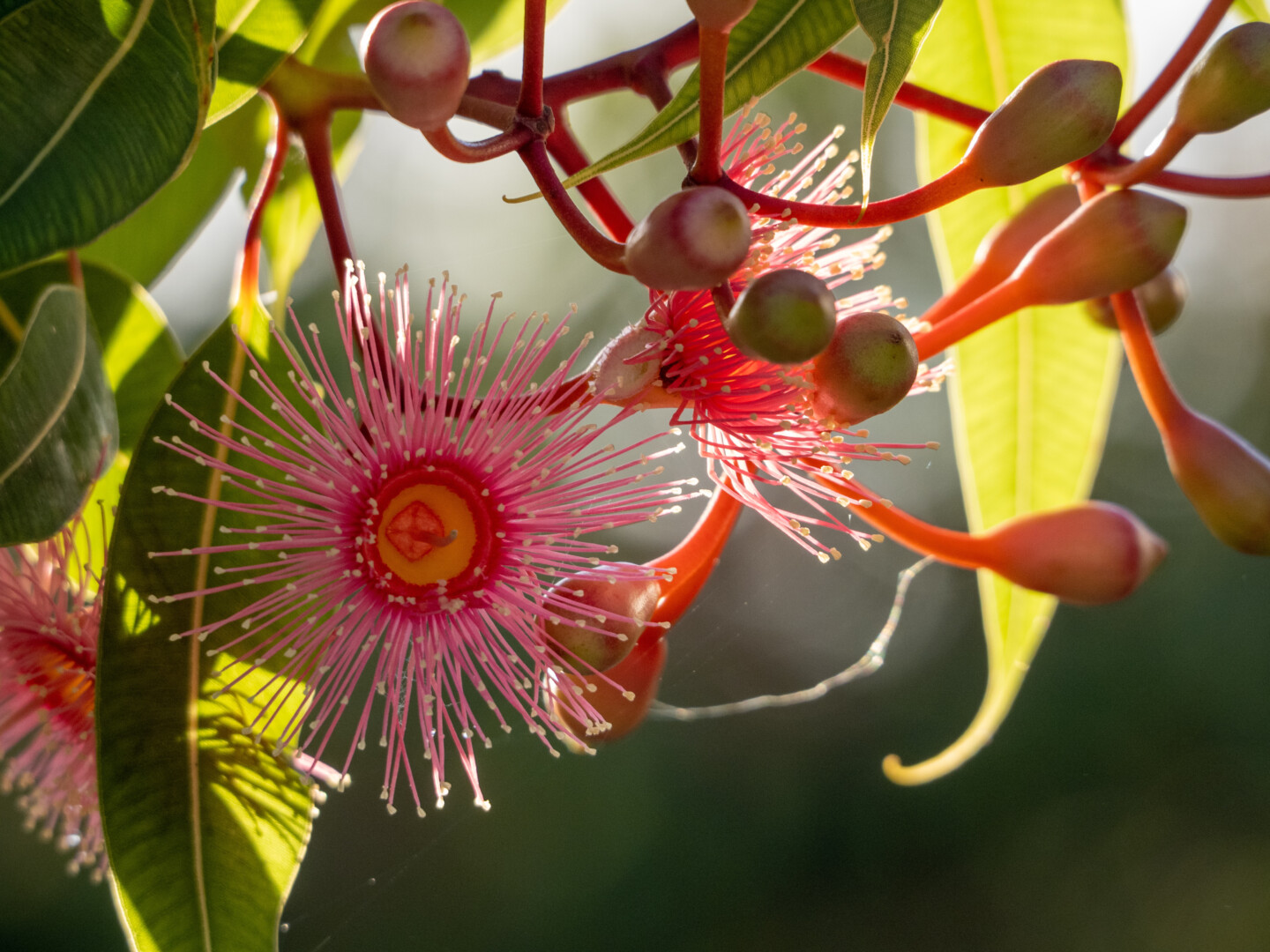Children’s problems and children’s solutions: Celebrating the agency of neurodivergent children – Tarang Kaur
Children, particularly those on the neurodivergence spectrum, have historically not been afforded a great degree of power and voice in their own lives. This has significant implications for the therapeutic space, in which the identification of “problems” and interventions to address them may not take the child’s perspective and skills into account. My work seeks to explore children’s views and understandings of their “problems”, as well as the uniquely skilful actions they take in response. In this paper I describe how narrative therapy principles were adapted for children across a wide spectrum of social skills and degrees of access to spoken language to document – in the form of a scrapbook – various experience-near descriptions of children’s problems and children’s solutions. This living document records the skills, values and acts of resistance demonstrated by a community of neurodivergent children, and offers an opportunity to witness this community’s agency and unique insight into their own situations.
























































